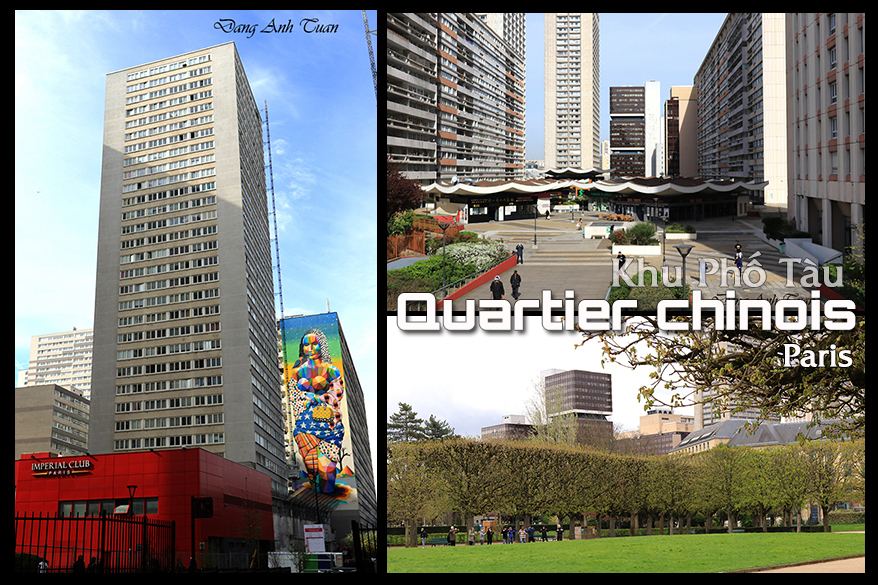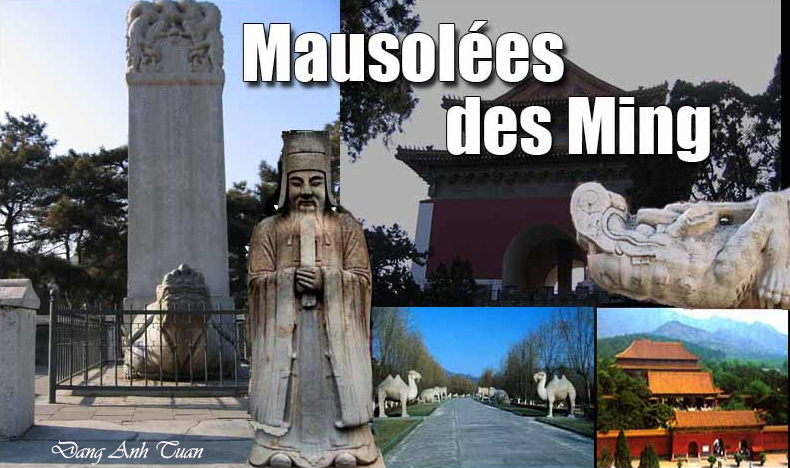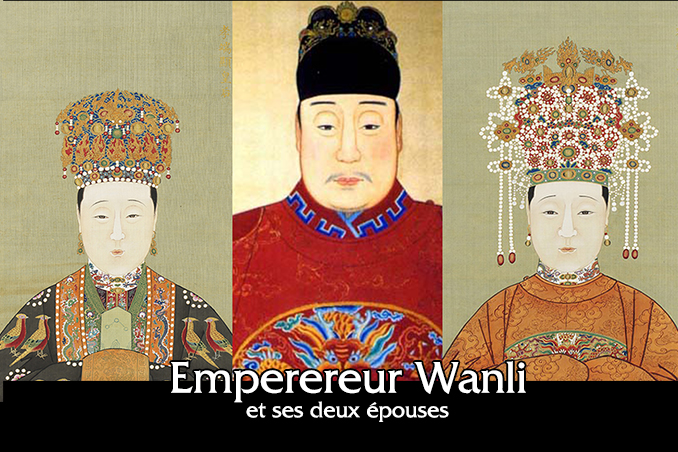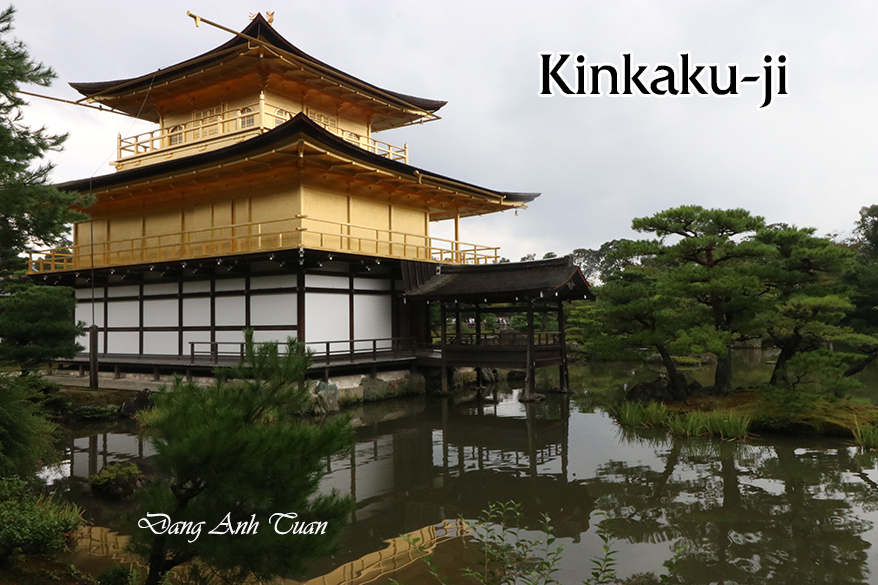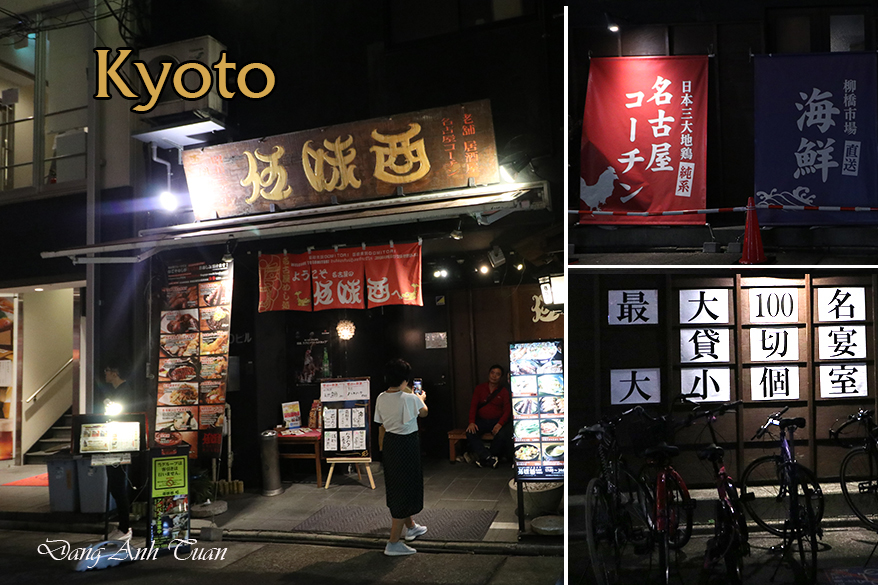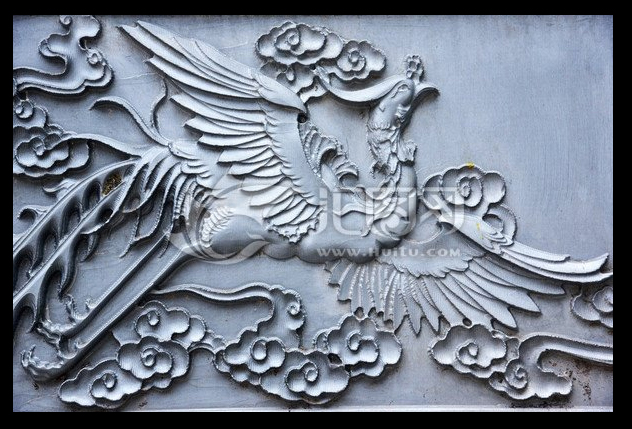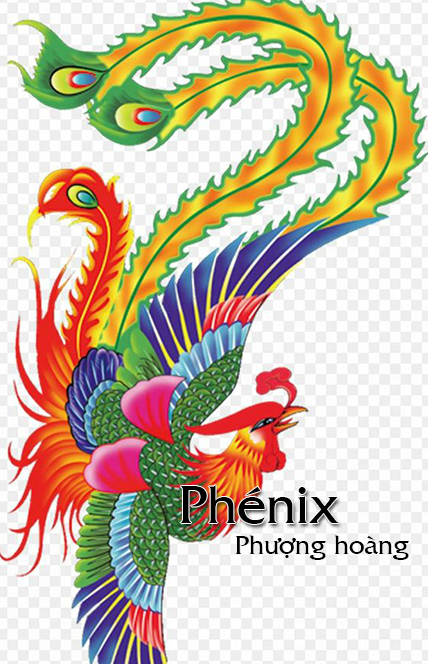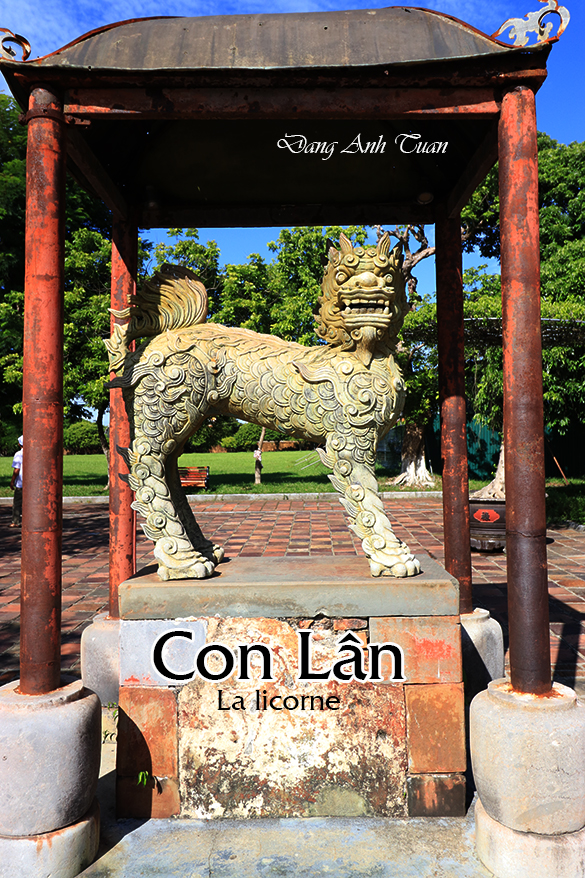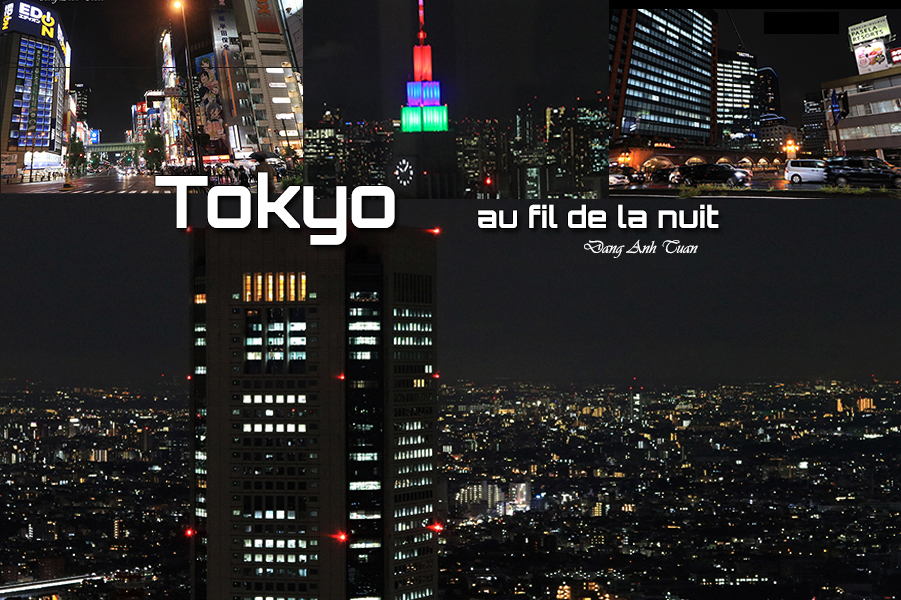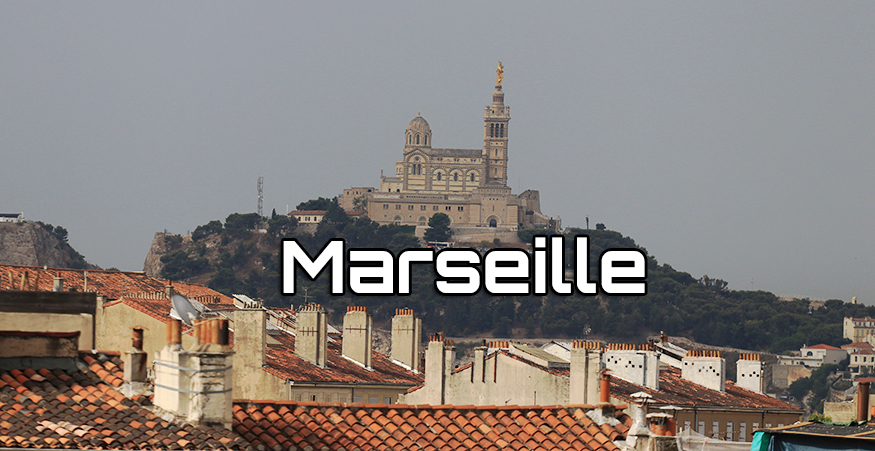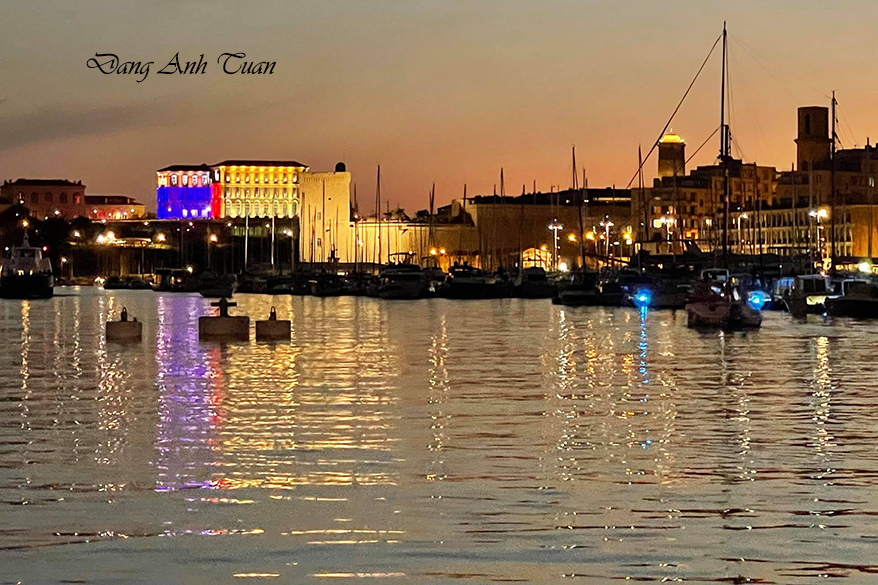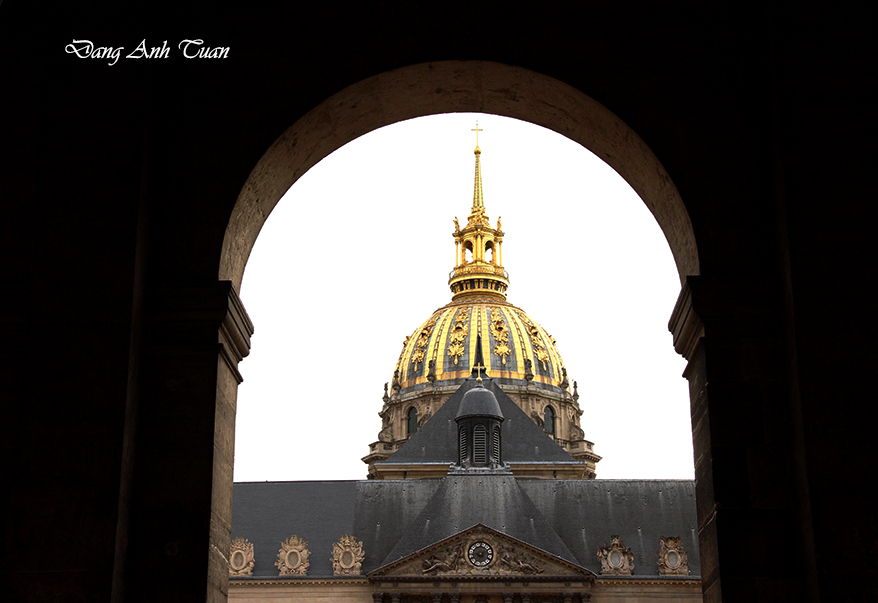Vạn Lý Trường Thành
Vạn lý trường thành gồm rất nhiều đồn lũy quân sự và phòng thủ nằm rải rắc ở các địa điểm khác nhau ở biên giới phía bắc Trung Quốc. Được biết đến với tên tiếng Hoa là “Vạn Lý Trường Thành”, nó bắt đầu ở phía đông tại Sơn Hải Quan, thuộc tỉnh Hà Bắc và kết thúc tại Gia Dục Quan ở phía đông tỉnh Cam Túc. Với chiều dài hơn 5000 cây số, nó là biểu tượng của Trung Quốc ngày nay. Những phần gần Bắc Kinh đã được khôi phục nhưng ở phía Bắc vẫn còn những đoạn tường dễ bị sụp đổ. Công trình phòng thủ rộng lớn này được xây dựng từ thời nhà Chu vào thế kỷ thứ 9 trước Công nguyên để bảo vệ đất nước tránh sự xâm lăng của dân man rợ ở phương Bắc. Đây là lý do tại sao không chỉ có tường và đường đi cho kỵ sĩ mà còn có cả các tháp canh.
Vào năm 1987, Vạn Lý Trường Thành đã được UNESCO công nhận là di sản thế giới. Nó còn được công nhận là công trình kiến trúc nhân tạo duy nhất trên trái đất có thể nhìn thấy từ mặt trăng. Dưới thời Chiến Quốc, các bức tường khác được các lãnh chúa của các vương quốc này dựng lên nhầm bảo vệ đất nước. Các nhà sử học gọi chúng là “ các bức tường thời tiền Tần”. Sau khi đất nước được thống nhất, người ta kể rằng trong giấc mơ, Tần Thủy Hoàng đã nhìn thấy sự tan rã đế chế của mình bởi những kẻ man rợ từ phương Bắc. Bị ám ảnh bởi giấc mơ này, ngài mới giao cho tướng Mộng Điềm liên kết lại các bức tường của sáu nước bị chinh phục này để chống lại bọn man rợ này. Nhà Minh đã thực hiện công việc tu bổ sửa chửa hoàn tất lại kéo dài khoảng 200 năm.
Đây chính là bức tường nhà Minh mà chúng ta thấy ngày nay. Đây cũng là ý kiến của Arthur Waldron, tác giả cuốn sách có tựa đề “Vạn Lý Trường Thành của Trung Quốc. Từ lịch sử đến thần thoại”. Theo ông, bức tường Trung Quốc không thể tiến xa hơn vào cuối thế kỷ 15 và nửa đầu thế kỷ 15. Nó đi từ đèo Shanhaiguan về phía đông và Jiayuguan đèo Jiayu (Jiayuguan) ở phía tây trên chiều dài 5660 cây số. Có thể nói, việc xây dựng Vạn Lý Trường Thành chưa bao giờ bị gián đoạn hoàn toàn trong suốt hai ngàn năm, từ thời Chiến Quốc đến thời nhà Thanh. Theo ghi chép lịch sử, việc xây dựng nó có huy động hàng trăm ngàn nông dân. Hơn nữa, trong suốt thời gian làm việc ngày đêm , có hơn 1,5 triệu người tham gia, không quên ghi nhận có sự tham gia đông đảo của binh lính. Người Trung Quốc có thói quen nói ai chưa trèo lên Vạn Lý Trường Thành thì không xứng đáng là hảo hán.
Chính vì lý do này mà Vạn Lý Trường Thành là một trong những địa điểm được người Trung Hoa tham quan nhiều nhất. Đây cũng là chiến tuyến ngăn cách người Hung Nô với người Trung Hoa. Nhiều người đã được gửi đến đây và chết ở mặt trận này. Vạn Lý Trường Thành đã chứng kiến nhiều bi kịch của con người và những cuộc chia ly đau đớn và bi thảm. Điều này làm chúng ta nhớ đến bốn câu trong bài thơ hay Lương Châu Từ của nhà thơ nổi tiếng Vương Hàn (Wang Han) ở thời nhà Đường:
Rượu bồ đào cùng với chén lưu ly
Muốn uống nhưng tỳ bà đã giục lên ngựa
Say khướt nằm ở sa trường, bác chớ cười
Xưa nay chinh chiến mấy ai trở về.
万里长城
Chúng ta cũng có thể nhớ đến truyền thuyết nổi tiếng nhất của Vạn Lý Trường Thành, đó là truyền thuyết về Mạnh Khương nữ (Meng Jiangnu). Nàng không ngần ngại đi bộ hơn 10.000 dặm để đi kiếm chồng mình, một thư sinh tên là Phạm Hỷ Lương (Fan Qiliang), người được hoàng đế Tần Thủy Hoàng gửi đến đèo Shanhaiguan trong ngày cưới để xây tường thành. Ở đó, nàng biết tin chồng mình đã chết vì đói lạnh và nàng không thể tìm thấy thi thể của chồng. Tuyệt vọng, cô khóc không ngừng suốt 3 ngày 3 đêm. Nước mắt của nàng làm xói mòn một phần thành lũy, giúp nàng tìm thấy thi thể chồng mình bị chôn vùi dưới bức tường. Sau khi chôn cất, nàng tự sát bằng cách lao mình xuống biển.
Ngày nay, ở Sơn Hải Quan (Hà Bắc, Hà Bắc) đã có dựng bàn thờ để tưởng nhớ bà. Cũng tại Sơn Hải Quan , tướng nhà Minh Ngô Tam Quế đã từ chối liên minh với Lý Tự Thành, thủ lĩnh nông dân khởi nghĩa vì lý do đơn giản là Lý Tự Thành cướp vợ thứ của Ngô Tam Quế là Trần Viên Viên nên mở cửa thành đầu quân Mãn Châu. Nhờ đó mới có sự khởi đầu của triều đại nhà Thanh (Mãn Châu).
Sự vững chắc của bức tường thành Vạn Lý này phần lớn là do việc sử dụng gạo nếp và canxi c ủa vôi trong sản xuất vữa vôi dùng để sửa chữa, phục hồi các công trình bằng đá cổ. Theo nhà nghiên cứu người Trung Quốc Zhang Bingjian của Đại học Chiết Giang, đó là Amylopectin (trong tiếng Việt gọi là vữa vôi), một chất có độ bền cơ học cao, giúp các công trình cổ của Trung Quốc, đặc biệt là Vạn Lý Trường Thành, bền vững trước thử thách của thời gian và động đất. Ông đã báo cáo phát hiện này trong bài báo đăng trên tạp chí Hoa Kỳ « Journal of the American Chemical Society, 2010, 132 (19), pp 6855–6861« . Điều này giải thích phong trào biểu tình của quần chúng ở miền nam Trung Quốc, nơi vào thời điểm đó có việc trưng dụng gạo một cách có hệ thống. Mục đích của việc này là dùng để làm vữa nếp và cung cấp thức ăn cho những người chịu có trách nhiệm trùng tu bức tường này vào thời nhà Minh.
Elle est constituée par un grand nombre de fortifications militaires et défensives dans différents endroits à la frontière nord de la Chine. Etant connue sous le nom chinois de « La longue muraille de dix mille li », elle commence à l’est à Shanhaiguan (Sơn Hải Quan), dans la province du Hebei (Hà Bắc) , et se termine à Jiayuguan (Gia Dục quan) dans la province orientale du Gansu (Cam Túc). Ayant plus de 5000 km, elle est le symbole de la Chine d’aujourd’hui. Les sections proches de Pékin ont été restaurées mais dans le Nord mais il reste encore des pans de murs chancelants. Ce grand ouvrage défensif fut construit à l’époque des Zhou au IXème siècle avant J.C. C’est pourquoi on y trouve non seulement des murs, de pistes cavalières mais aussi des tours de guet. C’est en 1987 que la Grande Muraille est classée au patrimoine mondial de l’UNESCO . Elle est reconnue aussi comme le seul ouvrage construit par l’homme sur la terre que l’on puisse voir depuis la lune.
À l’époque des Royaumes Combattants, d’autres murs furent construits par les seigneurs de ces royaumes dans le but de défendre leur pays. Les historiens les qualifient de « murs pré-Qin ». Après l’unification du pays, on dit que dans son rêve, l’empereur des Qin Shi Huang Di aurait vu l’occupation de son empire par les barbares du Nord. Hanté par ce songe, il a chargé le général Meng Tian (Mộng Điềm) de relier les murs de ces six états conquis dans le but de contrer ces barbares. La dynastie des Ming a effectué les travaux de rénovation d’une durée approximative de 200 ans.
C’est la muraille des Ming qu’on voit aujourd’hui. C’est aussi l’avis de Arthur Waldron, auteur du livre intitulé « The Great Wall of China. From history to myth« . Pour ce dernier, la Muraille de Chine ne va pas plus loin au delà de la fin du XVème siècle. Elle va de Shanhaiguan (la passe Shanhai à l’est) et à Jiayuguan (la passe Jiayu à l’ouest) sur une longueur de 5660km. On peut dire que la construction de la grande muraille n’a jamais été interrompue complètement durant 2000 ans, de l’époque des Royaumes Combattants jusqu’à la dynastie des Qing. D’après les registres historiques, sa construction a mobilisé des centaines de milliers de paysans. De plus, durant les périodes de travaux intensifs, plus de 1,5 millions de personnes y sont engagées également sans oublier de noter aussi la participation massive de soldats. Les Chinois ont l’habitude de dire que celui qui n’est pas monté encore sur la Muraille de Chine ne mérite pas d’être un homme valeureux. »Bất đáo Trường Thành phi hảo hán (Chưa đến Vạn lý trường thành chưa phải là hảo hán« . C’est pour cette raison que la Muraille de Chine est l’un des sites les plus visités par les Chinois. Elle est aussi la ligne de front séparant les Barbares des Chinois. Beaucoup de gens ont été envoyés et péri sur ce front. La Muraille de Chine est témoin de plusieurs drames humains et de séparations douloureuses et tragiques. Cela nous fait rappeler les quatre vers du beau poème Liangzhu (Lương Châu Từ) du célèbre poète chinois Vương Hàn (Wang Han) à l’époque de la dynastie des Tang (Nhà Đường):
Bồ đào mỹ tửu dạng quang bôi
Dục ẩm tì bà mã thượng thôi
Túy ngọa sa trường quân mạc tiếu
cổ lai chinh chiến kỉ nhân hồi
Rượu bồ đào cùng với chén lưu ly
Muốn uống nhưng tỳ bà đã giục lên ngựa
Say khướt nằm ở sa trường, bác chớ cười
Xưa nay chinh chiến mấy ai trở về.
Il y a du vin rouge contenu dans ma coupelle étincelante et translucide
Malgré l’envie de le boire, je suis pressé de monter à cheval à cause du son du pipa
Ne ricanez pas si vous me voyez étendu et ivre mort sur le champ de bataille
Depuis toujours et de toutes les guerres, combien de gens en sont-ils revenus?
万里长城
On peut se remémorer aussi la plus célèbre légende de la Muraille de Chine, celle de la pleureuse Mạnh Khương nữ (Meng Jiangnu). Celle-ci n’hésite à marcher plus de 10.000 li pour aller chercher son mari, un étudiant nommé Fan Qiliang (Phạm Hỷ Lương) que l’empereur de Chine Shi Huang Di a envoyé le jour de son mariage à la passe de Shanhaiguan pour construire la muraille. Sur place, elle apprend le décès de son mari mort de faim et de froid et elle ne réussit pas à retrouver son corps. Désespérée, elle pleure incessamment durant 3 jours et 3 nuits. Ses larmes érodent une portion du rempart, ce qui lui permet de retrouver le corps de son mari enseveli sous la muraille. Après l’enterrement, elle se suicide en se jetant dans la mer.
Aujourd’hui, à Shanhaiguan (Sơn Hải Quan) (Hebei, Hà Bắc), il y a l’autel érigé en l’honneur de cette dame. C’est aussi à Shanhaiguan (Sơn Hải Quan) que le général chinois Wu Sanggui (Ngô Tam Quế) de la dynastie des Ming qui refuse de s’allier à Li Zicheng ( Lý Tự Thành ), le chef des rebelles paysans pour la simple raison que ce dernier s’empare de sa concubine Chen Yuanyuan (Trần Viên Viên), a ouvert la porte aux armées mandchoues. C’est ainsi que débute la dynastie des Qing.
La solidité de cette muraille est due en grande partie à l’utilisation du riz glutineux et du calcium de la chaux (vôi) dans la fabrication du mortier servant à la réparation et à la restauration des anciennes constructions en pierres et en roches. Selon le chercheur chinois Zhang Bingjian de l’université Zhejiang ( Chiết Giang), c’est l’Amylopectine (ou vữa en vietnamien ), une substance à haute résistance mécanique qui permet aux constructions anciennes chinoises, en particulier la Muraille de Chine, de résister à l’épreuve du temps et au séisme. Il a rapporté cette découverte dans son article publié dans le journal américain « Journal of the American Chemical Society, 2010, 132 (19), pp 6855–6861« . Cela donne l’explication au mouvement des protestations populaires ayant lieu au sud de la Chine où il y a en ce temps-là la réquisition systématique du riz. Celle-ci a pour but de servir à fabriquer le mortier glutineux et à nourrir les gens chargés de restaurer cette muraille à l’époque des Ming.
It consists of a large number of military and defensive fortifications in different locations on the northern border of China. Known by the Chinese name « The Ten Thousand Li Long Wall », it begins in the east at Shanhaiguan (Sơn Hải Quan), in Hebei Province (Hà Bắc), and ends at Jiayuguan (Gia Dục quan) in the eastern province of Gansu (Cam Túc). With a length of more than 5,000 km, it is the symbol of today’s China. The sections near Beijing have been restored, but in the north, there are still sections of shaky walls. This great defensive work was built during the Zhou period in the 9th century BC. Therefore, it contains not only walls, bridleways but also watchtowers. The Great Wall was declared a UNESCO World Heritage Site in 1987. It is also recognized as the only man-made structure on Earth that can be seen from the moon.
During the Warring States period, other walls were built by the lords of these kingdoms to defend their countries. Historians refer to these as the « pre-Qin walls. » After the unification of the country, it is said that in his dream, the Qin emperor Shi Huang Di saw the occupation of his empire by the northern barbarians. Haunted by this dream, he commissioned General Meng Tian (Mộng Điềm) to connect the walls of these six conquered states in order to counter these barbarians. The Ming Dynasty carried out the renovation work, which lasted approximately 200 years.
This is the Ming wall that we see today. This is also the opinion of Arthur Waldron, author of the book « The Great Wall of China. From History to Myth. » For him, the Great Wall of China does not extend beyond the end of the 15th century. It runs from Shanhaiguan (the Shanhai Pass in the east) to Jiayuguan (the Jiayu Pass in the west) over a length of 5660 km. It can be said that the construction of the Great Wall was never completely interrupted for 2000 years, from the Warring States period to the Qing Dynasty. According to historical records, its construction mobilized hundreds of thousands of peasants. In addition, during periods of intensive work, more than 1.5 million people were also engaged in it, not to mention the massive participation of soldiers. The Chinese are accustomed to saying that he who has not yet climbed the Great Wall of China does not deserve to be a valiant man. « Bất đáo Trường Thành phi hảo hán (Chưa đến Vạn lý trường thành chưa phải là hảo hán ». This is why the Great Wall of China is one of the most visited sites by the Chinese. It is also the front line separating the Barbarians from the Chinese. Many people were sent and perished on this front. The Great Wall of China is witness to several human dramas and painful and tragic separations. This reminds us of the four lines of the beautiful poem Liangzhu (Lương Châu Từ) by the famous Chinese poet Vương Hàn (Wang Han) at the time of the Tang Dynasty (Nhà Đường):
Bồ đào mỹ tửu dạng quang bôi
Dục ẩm tì bà mã thượng thôi
Túy ngọa sa trường quân mạc tiếu
cổ lai chinh chiến kỉ nhân hồi
Rượu bồ đào cùng với chén lưu ly
Muốn uống nhưng tỳ bà đã giục lên ngựa
Say khướt nằm ở sa trường, bác chớ cười
Xưa nay chinh chiến mấy ai trở về.
There’s red wine in my sparkling, translucent bowl.
Despite the urge to drink it, I’m in a hurry to get on horseback because of the sound of the pipa.
Don’t sneer if you see me lying dead drunk on the battlefield.
Since the dawn of time, and from all the wars, how many people have returned?
万里长城
We can also recall the most famous legend of the Great Wall of China, that of the mourner Mạnh Khương nữ (Meng Jiangnu). She did not hesitate to walk more than 10,000 li to fetch her husband, a student named Fan Qiliang (Phạm Hỷ Lương) whom the Emperor of China Shi Huang Di sent on the day of his wedding to the Shanhaiguan pass to build the wall. There, she learned of the death of her husband who had died of hunger and cold and she was unable to find his body. Desperate, she cried incessantly for 3 days and 3 nights. Her tears eroded a portion of the rampart, which allowed her to find the body of her husband buried under the wall. After the burial, she committed suicide by throwing herself into the sea.
Today, in Shanhaiguan (Sơn Hải Quan) (Hebei, Hà Bắc), there is the altar erected in honor of this lady. It is also in Shanhaiguan (Sơn Hải Quan) that the Chinese general Wu Sanggui (Ngô Tam Quế) of the Ming dynasty, who refused to ally himself with Li Zicheng (Lý Tự Thành), the leader of the peasant rebels for the simple reason that the latter seized his concubine Chen Yuanyuan (Trần Viên Viên), opened the door to the Manchu armies. This is how the Qing dynasty began.
The strength of this wall is largely due to the use of glutinous rice and lime calcium (vôi) in the manufacture of mortar used for the repair and restoration of ancient stone and rock constructions. According to Chinese researcher Zhang Bingjian of Zhejiang University (Chiết Giang), it is Amylopectin (or vữa in Vietnamese), a substance with high mechanical resistance that allows ancient Chinese constructions, in particular the Great Wall of China, to withstand the test of time and earthquakes. He reported this discovery in his article published in the American journal « Journal of the American Chemical Society, 2010, 132 (19), pp 6855–6861 ». This explains the movement of popular protests taking place in southern China where at that time there was the systematic requisition of rice. This was used to make glutinous mortar and to feed the people responsible for restoring this wall during the Ming era.


